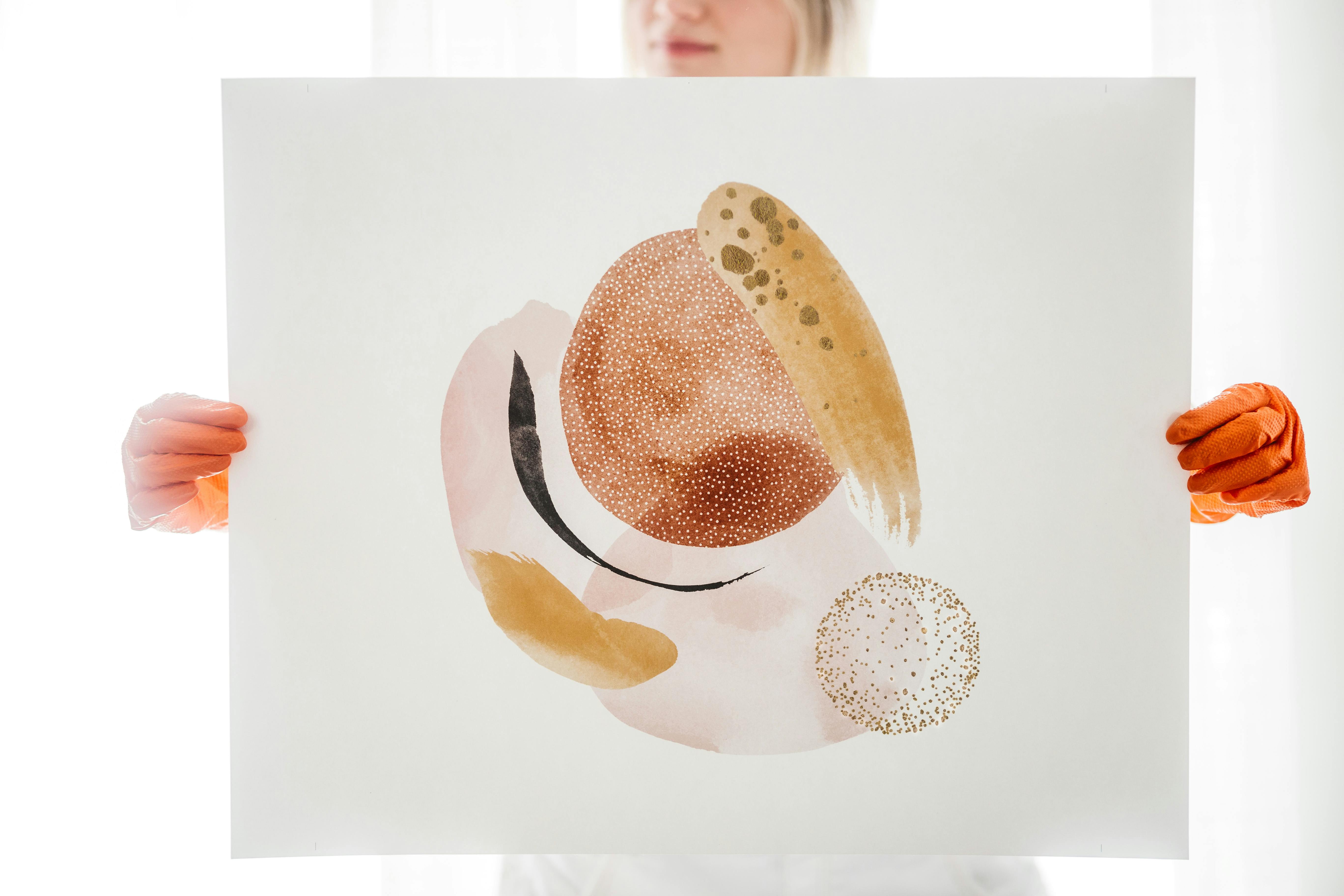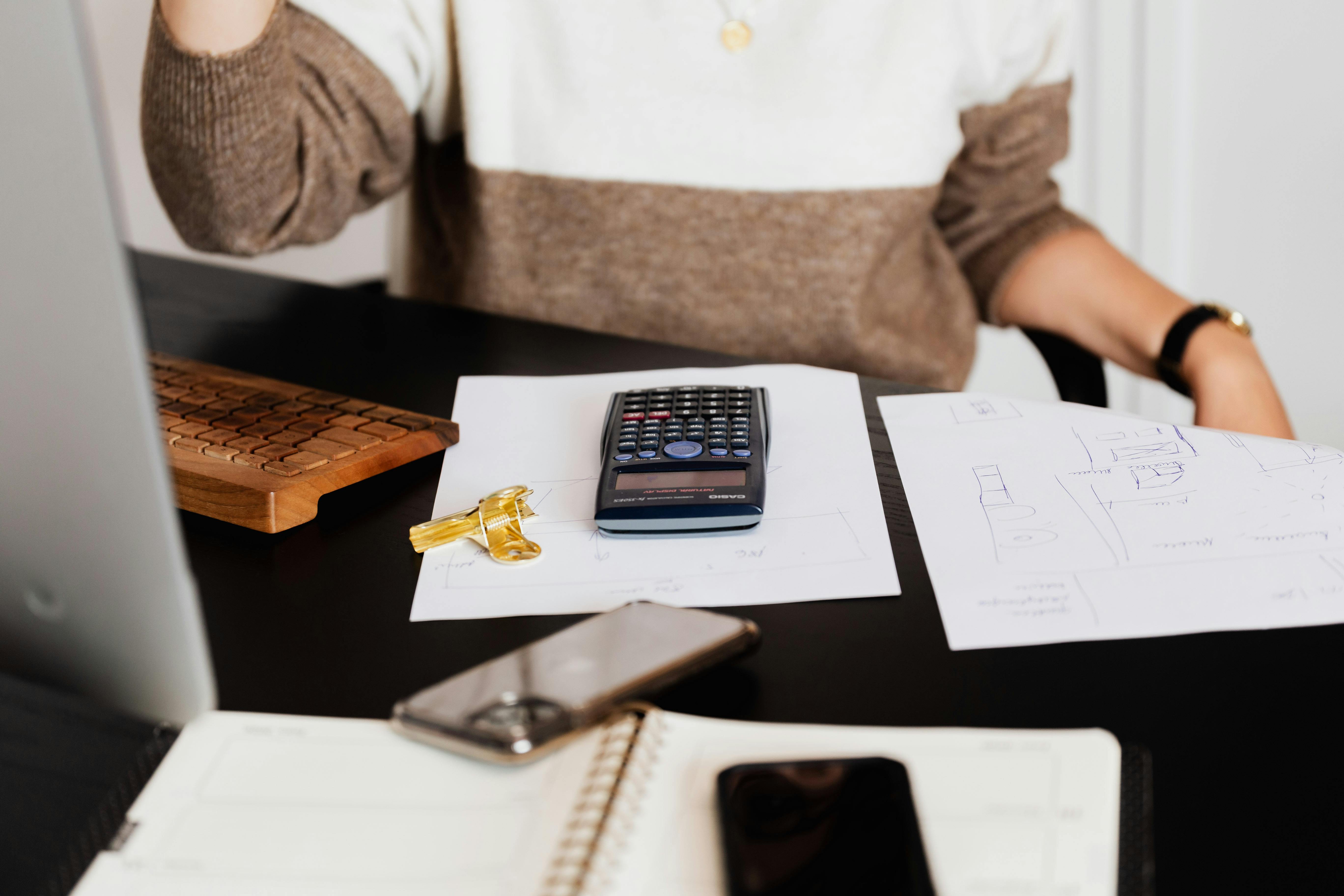Text collar. Bad circulation. Tired. arthritis. Depression and bad mood. headaches. Tension in the upper part of the shoulders. What do all of these have in common? During my 33 years of practicing chiropractic, these are all conditions and symptoms that patients tell me they have acquired from long periods of sitting at work, school, and hobbies. There is a whole science called ergonomics that has evolved and addresses the issues and concerns that arise from the increased amount of sitting time that we are exposed to. This article will discuss how prolonged sitting affects us and what we can do to mitigate the ill effects of sitting too long.
Historically, humans have not had the opportunity or ability to sit down much. Until about 5,000 years ago, most human populations were nomadic. They walked to productive hunting areas to obtain food. Or they would walk to the productive grazing areas necessary for the cattle they raised. They didn’t have many chances to sit in one place for long.
About 5,000 years ago humans acquired the technology of agriculture. The Egyptians are credited with the first large-scale agricultural operations. While this did not require a nomadic lifestyle, it also did not allow these people to become couch potatoes. Anyone involved with agriculture knows that it involves a lot of manual labor. Even during the most recent industrial age, our predecessors were involved in very physical manual labor.
So when we think about it, humanity has only begun to sit for long periods in the last 50 to 75 years. Before that, throughout all of human history, we were creatures of motion. Our bodies have evolved to walk extensively, stand fully upright, exercise large muscle groups by carrying and lifting objects necessary for our survival.
Yet now with preschool, elementary school, high school, college, and sedentary occupations, not to mention our use of computers and portable technology devices, many of us sit more than succeeding generations could imagine. .
It is no wonder that we suffer from the diseases listed earlier in this article. Our great-grandparents and great-grandparents would probably be surprised that we go to gyms and exercise classes to push ourselves and work our muscles. Most likely, they just wanted to come home from work and rest.
However, it looks like we are going to be creatures of a sedentary lifestyle for many generations to come. Therefore, we will need to take steps to counteract the harmful physical effects of our relatively inactive lifestyles.
One area to consider is the ergonomic condition of our work and home environment. It is important to have a proper chair, desk, and computer station. There is no silver bullet or single recommendation for an ergonomically perfect situation. We are all different sizes and shapes. There are many different types of chairs that we can use. Trial and error may be the best we can hope for in finding a good chair. Also, don’t ignore seat cushions and padding, which can turn a mediocre chair into an ergonomically sound one. Likewise, our desks and computer stations can almost certainly be improved with a little TLC. Anything we can do should be sought to sit upright, have our wrists and hands in a comfortable neutral position, have our lower back supported in a stress-free posture, and have our legs and feet properly supported.
It is certainly recommended that we also take into account a work station that allows us to stand. A quick internet search for a variable or vertical desk will yield many options for this technology. Most of these are inexpensive and easy to install. In my practice I have suggested this for many of my patients over the years. Those who have been able to follow my advice have been very positive and pleasantly satisfied with the ergonomic improvements achieved.
Of course, the old standby of getting up and taking a walk is probably the best antidote to prolonged sitting. Whether it’s a walk to the water dispenser, a lunchtime stroll, or a brisk, relaxed walk after work, nothing beats walking to counteract the ill effects of a long day of sitting.
Take the time to assess and assess your work station and determine how you can physically initiate appropriate movement and exercise into your daily lifestyle. In the short and long term, these measures can make a big difference in our mental health and behaviour.


